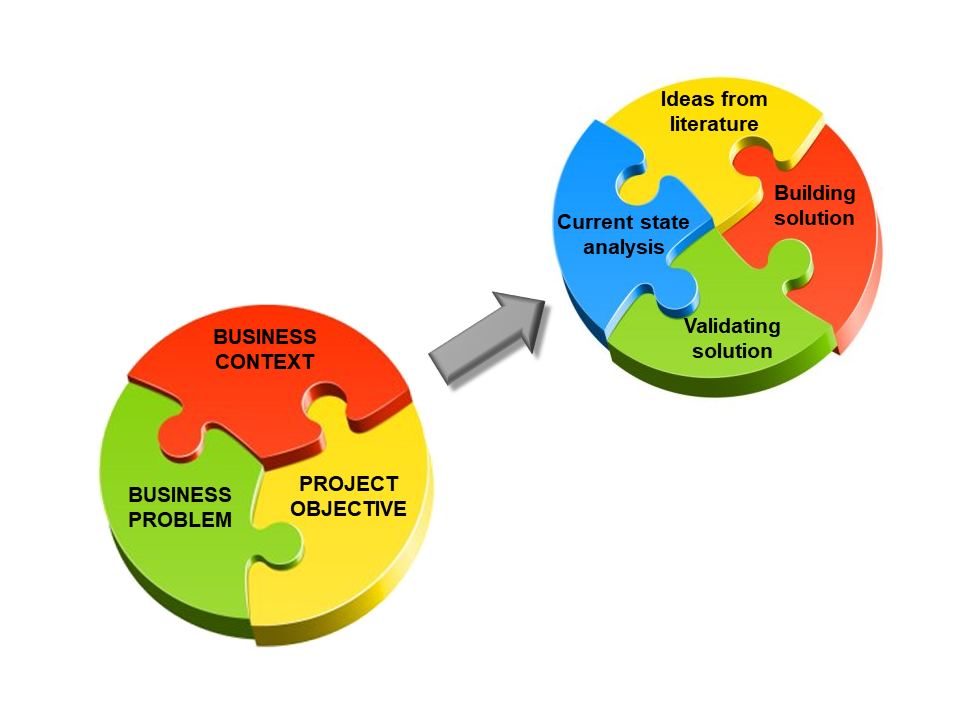The main aim of this blog series was to share my observations and learnings with instructors interested in adopting scientifically sound, systematic and holistic research and business principles – that produce quality results – into their pedagogical toolbox.
The last …





